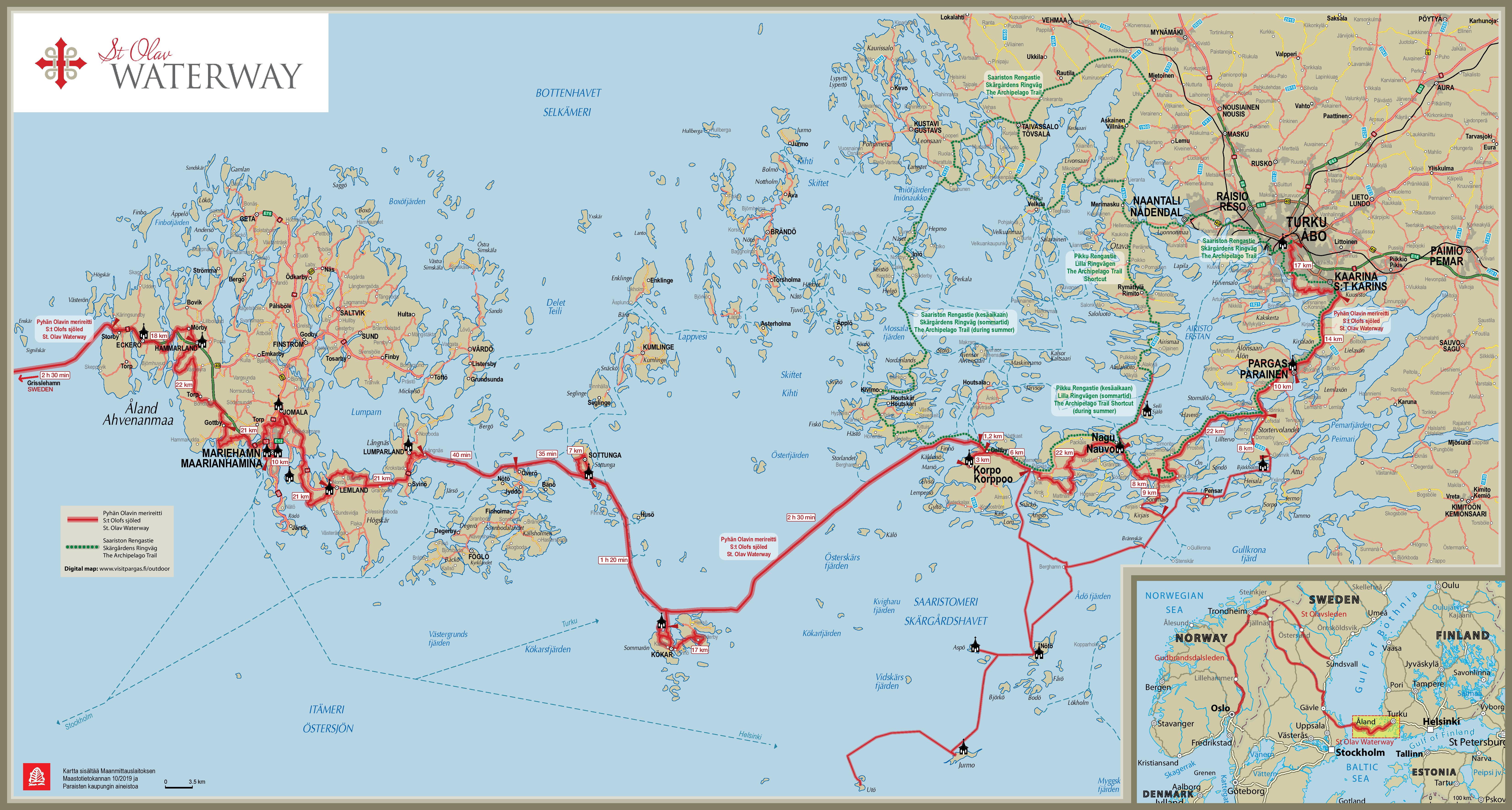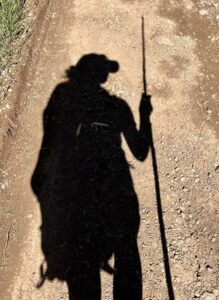
…and turned into a journey that no planning tool could ever predict.
What if we reconsidered our perspective on travel and questioned our attitude toward being on the move? If we associate “vacation” with rest and rejuvenation, and “travel” with the opportunity to gather new experiences and take a break from daily life – does that turn us into passive enjoyers, merely consumers of places and services? And is that truly what fulfills us once we return to our everyday routines?
My journey begins at the Nidaros Pilgrim Center in Trondheim, where thousands of pilgrims arrive each year after following the St. Olav Ways – the northernmost pilgrimage routes in the world. For me, it was simply the place where I would spend six months doing an internship as part of my studies, which later included a field trip to Finland. I didn’t know back then – at the beginning of 2024 – that this solo journey and research trip would lead me to a life I never saw coming…
One evening, as I sat in the kitchen of the Pilgrim Center in Trondheim, my eyes wandered across the large map of European pilgrimage routes hanging on the wall. I passed over the familiar paths – the Camino de Santiago, the Via Francigena – until they settled on a remote stretch of the St. Olav Ways. Tracing the red line, I realised the Waterway route wasn’t like the others; it didn’t just follow roads or forest paths – it flowed across open water, wound through archipelagos, and stretched across the sea.
I discovered that this path was a historically significant, yet little-known pilgrimage route through the Finnish archipelago – somewhere between Finland and Sweden. Far from the main routes, it was barely more than a footnote in the statistics about pilgrimage. And it was precisely because this route is so often overlooked that I felt drawn to learn more about it.
How do you walk a pilgrimage route that stretches across a series of small islands? What role does water play on the way – is it an obstacle, a connector, or perhaps both? What is it like today in these remote island communities, nestled between two countries, between two cultures? Or is it precisely this in-between space that makes the region so unique?
The more I thought about it, the clearer it became: I had to experience this path for myself.
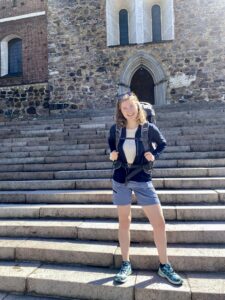
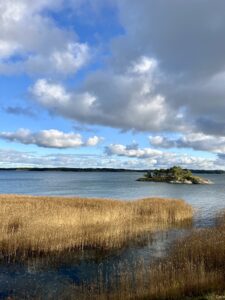
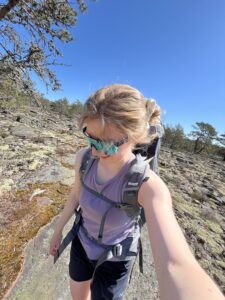
A few weeks later, it was time! In May 2024, I set out on a ten-day hike along the Waterway. Using ferries and bridges, I explored the Finnish archipelago – a modern “island-hopping” journey on a historic path. Wandering from island to island, I spoke with the locals: What challenges do they face? How do they experience tourism – as blessing or burden?
Along the way, an idea started to form: a community event that would bring together local entrepreneurs and organisations to explore how the Waterway could act as a connector and catalyst for regional tourism.
In October 2024, the idea became reality: together with my sister, I hosted the first ‘Waterway Meet&Greet’ on the island of Korpo, at Hotel Nestor & Restaurant Back Pocket, whose warm atmosphere and support made the event possible.
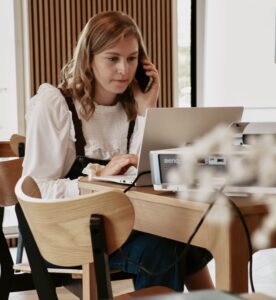
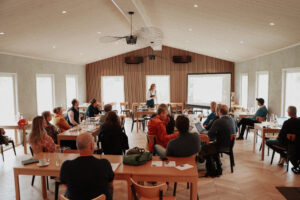
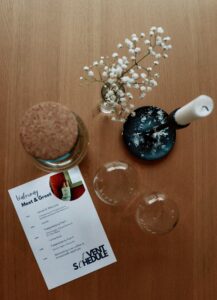
Coming back to the Waterway for the second time and organising the community event brought me closer to the people living along the Waterway and opened my eyes to the region’s potential and quiet strength. But this journey didn’t just change my perspective on sustainable tourism – it changed my life.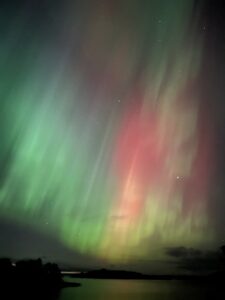
So when my sister continued our planned road trip without me, I made a different choice. I stayed — to spend more time in this place, and to write my bachelor’s thesis about this very region and the role of networks in regional development.
And suddenly, my story took a completely different turn: my personal love story, unfolding in the archipelago, the silence, and under northern lights…
Today, I live and work in Turku. Here, I am part of the Waterway project and actively contribute to its development.
I’ve come to realise that a journey becomes truly enriching when we don’t just take but also give something of ourselves – whether through meaningful encounters, shared stories, or simply through our attitude as travellers. By engaging with a region, not just passing through, but consciously noticing its challenges and potential, and enriching it with our interest and commitment, we create space for something new: for experiences that go beyond the surface, and for encounters with people who will accompany us long after the journey ends. That’s when a trip can take an entirely new direction – one that no planning tool could ever predict.
For the context: I originally come from Berlin and completed my Bachelor’s in Sustainable Economics and Management. During my studies, I spent a year at a Swedish university and later completed a six-month internship at the Pilgrim Center in Trondheim, Norway. It was there that my idea to explore the St. Olav Waterway was born – a journey that took me from Trondheim to Finland. I had first come to Finland as a 16-year-old student, but over time, this place gradually became a new anchor in my life.
Here, you can find the route of the St. Olav Waterway on Outdooractive if you got inspired and would like to try it out yourself!

